L'drought emergency which is plaguing theItaly has a significant impact onagriculture, L'water supply and theecosystem in general.
The situation is so critical that the Sicily is moving towards the second consecutive state of disaster within two months. In Piedmont the waterways record flow rates of the 50% compared to the average. Meanwhile, the Central Sardinia Reclamation Consortium has The irrigation use of water is prohibited to preserve the resource for drinking purposes.
Drought in Sicily
Sicily, the largest island in the Mediterranean, is facing a serious water crisis. This situation is the result of a combination of natural and anthropogenic factors which led to a critical reduction of water reserves.
The lack of precipitation during the winter has led to a significant decline in the water reserve: the dams are lacking and the reservoirs are almost completely empty. In January, the Sicily Region declared the water crisis in 39 municipalities, including Palermo, Agrigento And Caltanissetta. The water rationing it was necessary to deal with the emergency.
Despite some recent disturbances, in fact, the drought persists, with water reserves in the 13% reservoirs lower than the previous year. The situation is so serious that already in November 2023, the Regional Council of the Sicilian Region had declared the state of calamity due to damage to agricultural production caused by heat waves, fires in July and drought in September and October.
According to experts, the rainfall in Sicily in October 2023 were the scarcest in the last 100 years. This had a negative impact on crop and livestock systems. In 2001, during the most severe drought in 25 years, the livestock sector suffered significant damage. In the recent past, such low 3-month SPI (Standardized Drought Index) values were only achieved in 2001. Crops suffered, and spring production was damaged by excess precipitation in May and June.
The drought in Sicily is having a significant impact on agriculture, daily life and the environment. It is essential to adopt water conservation measures, promote agricultural practices sustainable and develop long-term solutions to address this crisis.

The water crisis in Piedmont
Even in Northern Italy the water crisis is taking on worrying proportions. In Piedmont, the January just ended ranks fifth among the warmest in the last 70 years: 3 degrees average and zero temperatures around three thousand meters. Increasingly less cold and less rainy winters represent an increasingly concrete threat to Piedmont's water reserves, especially in the high mountains.
The latest alarm launched a few weeks ago: "the 80% of snow is missing in the mountains" the farmers said. And today the waterways are dry: "We are in mid-winter with a very poor water resource and this has led to flow rates of watercourses which are unfortunately around 50% of those historical averages” explains Secondo Barbero, director of Arpa Piemonte. The whole of Piedmont is suffering, but Cuneo, Valsesia and Biella are the areas most in difficulty.
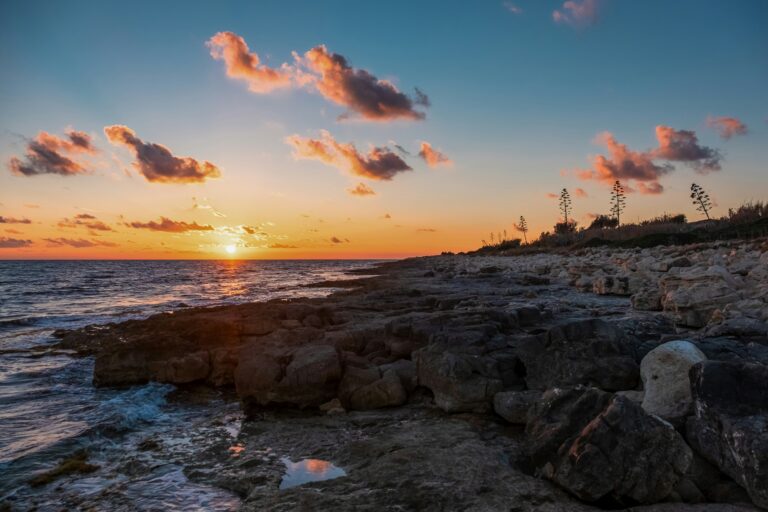
Water shortage in Sardinia
Even in Sardinia the absence of precipitation in winter has led to one drastic reduction in water reserves. The dams are short of water, and the invaded I am almost completely empty. In January, the Sardinia Region declared the water crisis in some areas.
To deal with the situation, the Central Sardinia reclamation consortium has prohibited the use of water for irrigation in all three sub-districts under its jurisdiction. This decision was made to safeguard remaining supplies. Furthermore, theNational Association of Land and Irrigation Water Management and Protection Consortia (Anbi) highlighted the gravity of the situation in the reservoirs. Some basins I am at a 25-year low, and in some areas irrigation has been banned to ensure potable use. Optimizing the use of water resources throughefficiency of the hydraulic network and new infrastructure to retain more water in the area they are necessary solutions to address this crisis.

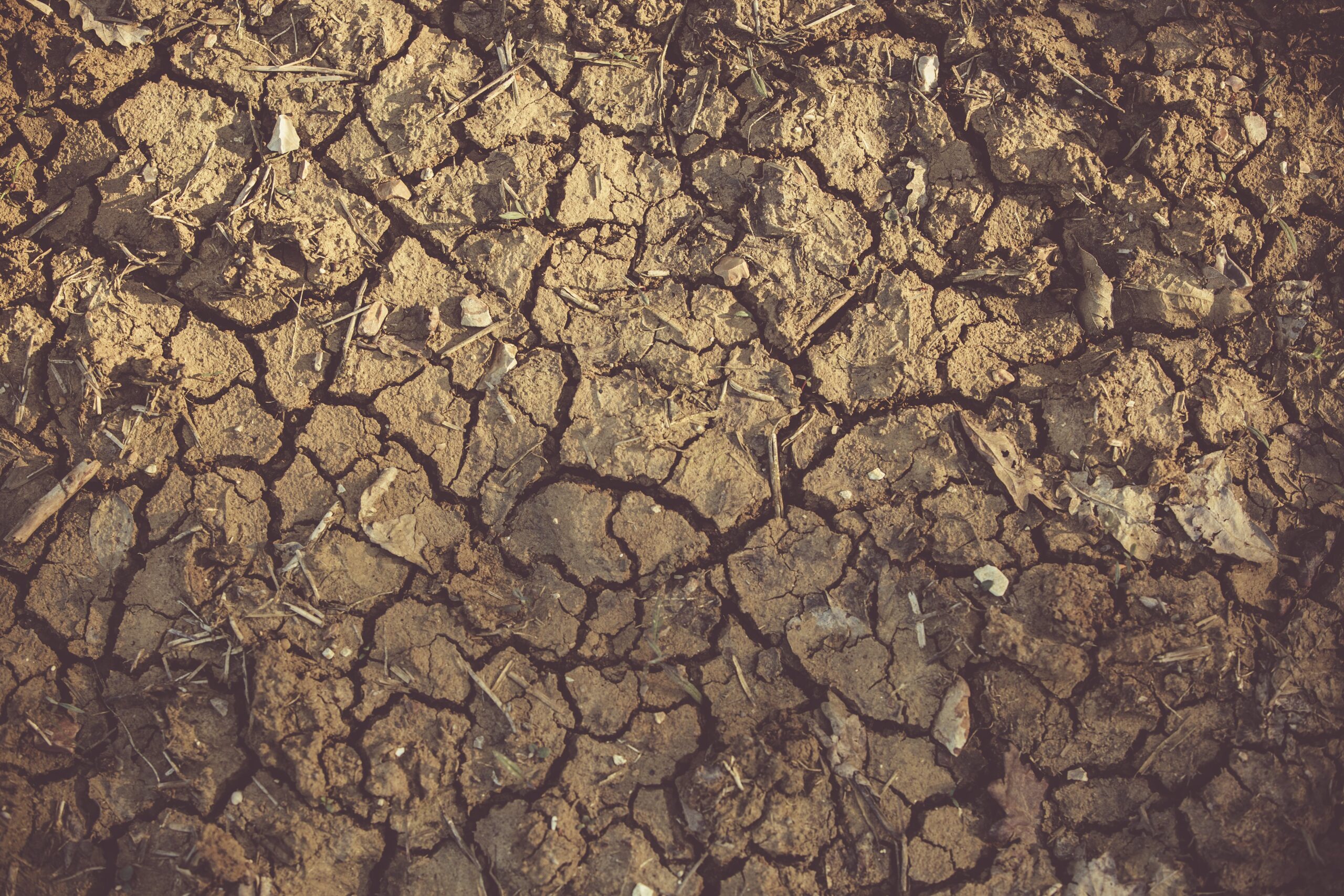



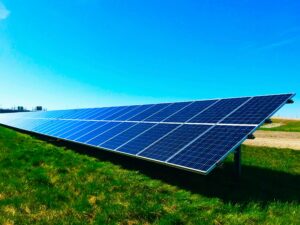
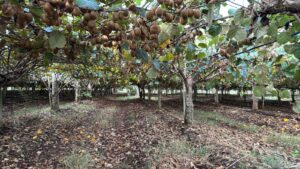
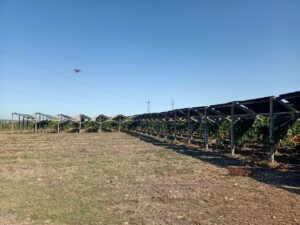
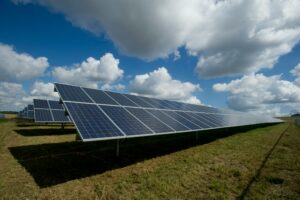

Add comment
You must be logged in to post a comment.